H UNGRY S OULS
H UNGRY S OULS
S UPERNATURAL V ISITS , M ESSAGES,
AND W ARNINGS FROM P URGATORY
G ERARD J. M. VAN DEN A ARDWEG
J ANUSZ R OSIKO

, P OLAND
PHOTOGRAPHS
Copyright 2009 Gerard J. M. van den Aardweg. All rights reserved.
Dutch Edition Copyright 2008 Gerard J. M. van den Aardweg.
First published in 2008 as a Polish-Dutch production by Rosikon Press, Izabelin, Warsaw (Spragnione Dusze), and De Boog, Amsterdam (Hongerende Zielen).
Typeset and published in 2009 by Saint Benedict Press, LLC and TAN Books.
Typography is the property of Saint Benedict Press, LLC, and may not be reproduced in whole or in part without written permission from the publisher.
Cover design by Milo Persic, milo.persic@gmail.com.
ISBN: 978-0-89555-899-2
C ONTENTS
A CKNOWLEDGMENTS
We want to express our special gratitude to the vicar of the church of the Sacred Heart of Suffrage in Rome, Father Domenico Santangini, M.S.C; to the curator of the monastery of the Paulinian Fathers in Czestochowa, Father Melchior Krlik; and to Franco Palmieri and Wlodzimierz Redzioch in Rome, for their kind help and services.
We are still alive and we are hungry for love!
Message from a Holy Soul
Vanity it is: to be only mindful of the present life, and not fix ones eyes on the future.
Thomas Kempis, Imitatio Christi
F or those who [at death] find themselves in a condition of being open to God, but still imperfectly, the journey towards full beatitude requires a purification, which the faith of the Church illustrates in the doctrine of purgatory.
This is how Pope John Paul II explains why Purgatory is necessary, for, he continues, we are called to be perfect like the heavenly Father during our earthly life sound and flawless before God the Father at the coming of our Lord Jesus with all his saints (1 Thess 3:12).1
Here John Paul reaffirms the old wisdom concerning the existence of a state of purification after death. Purification means atonement for sins and their effects on the soul. It is not a painless, automatic process of growing the soul, of attaining full self-realization through the acquisition of ever more insight after death, as is the soothing theory of some spiritualists. It is not an accumulation of learning, through a series of reincarnations, until some point of perfect wisdom is reached, as in the fantasy of some Western New Age disciples. Such are childish attempts to suppress mans deep awareness that the basic dimension determining his destiny in the next world is not knowledge or experience but moral purity: sin, and the traces it leaves on the soul, versus holiness.
In our culture today, of the three destinations that traditional Christian doctrine teaches may follow death and judgmentHeaven, Hell, and Purgatoryonly belief in Heaven or some such happy state has widely survived. The prevailing cheap optimism holds that (if there is anything at all across the threshold of death) the life of practically everybody automatically ends up in a state of bliss. De-christened and inwardly impoverished Western man may acknowledge having his imperfections and shortcomings but doesnt look upon himself as sinful. To him, atonement for or purification from sin is a medieval idea.
Already 150 years ago, Cardinal John Henry Newman saw the rise of this superficial, humanist mentality:
We are cherishing a shallow religion, a hollow religion, which will not profit us in the day of trouble. The age [our age considerably more than his!] loves an exclusively cheerful religion. It is determined to make religion bright and sunny and joyous, whatever the form of it which it adopts. And it will handle the Catholic doctrine in the same spirit we take what is beautiful and attractive, shrink from what is stern and painful.2
Purgatory (to say nothing of Hell), penance, expiation, Gods holy Justice: these just do not fit in with todays cheerfully cheap religiosity. However, the truth remains that man has to be sound and flawless before God the Father when, after death, he appears before Him to render an account of his life. Only holy souls have direct access to the blissful abode where nothing unclean shall enter.3 Therefore, every trace of attachment to evil must be eliminated, every imperfection of the soul corrected.4 The place for this correction of the souls imperfections is Purgatory.
This is not only a profound and holy mystery but also an appalling mystery, whose frightening aspects cannot be glossed over. But the reality should not terrify us. John Paul II continues, One last important aspect which the Churchs tradition has always pointed out should Church of the Sacred Heart of Suffrage, facade: Statues of saints who, in one way or another, are important with respect to purgatory. From left to right: St. Augustine, St. Peter, St. Joseph (great intercessor for the suffering souls); in the middle: the Blessed Virgin, the principal helper of the souls; St. John, St. Paul (texts of both saints refer to Purgatory), St. Odilon of Cluny (9981048; this abbot took initiative for the institution of All Souls Day on November 2).
be re-proposed today: the dimension of communio the ecclesiastical solidarity which works through prayer, prayers of suffrage, and love.5 Here John Paul teaches us that penance and pain in Purgatory are mitigated by the comfort of mercy. In the final analysis, Purgatory is the mercy of Christ working through his Mystical Body, the Church.

Facade of the church of the Sacred Heart of Suffrage in Rome.


Bas-relief above the central entrance of the church: The suffering souls in Purgatory. Surrounding text: Requiem aeternam dona eis, Domine. Et lux perpetua luceat eis. ( Lord, give them eternal rest, and may the perpetual light shine upon them, from the Requiem Mass.) Horizontal text: Cordi Jesu SS pro animabus igne purgatorio expiandis ( To the Most Sacred Heart of Jesus, for the souls that must expiate in the fire of purgatory).

Close to the Vatican, alongside the Tiber in Rome, stands a beautiful neo-Gothic Church (the only one in that style in the whole city), which is devoted to the Sacred Heart of Suffragesuffrage in the meaning of help to the souls in Purgatory. In a room in the sacristy are exhibited a small number of strange, fascinating relics: objects bearing visible, physical traces left by souls in Purgatory. The collection is known as the Piccolo Museo del Purgatorio (Little Museum of Purgatory). The Museo and the church of the Sacred Heart of Suffrage represent two sides of Purgatory: the collection offers impressive bits of tangible evidence for the harrowing existence of the souls there, while the church itself displays the Christian comfort of the mercy and charity for the suffering souls as practiced since time immemorial by the Catholic Church. The great central triptych in the church, representing the Sacred Heart, the poor (or holy) souls, and various saints, has even been called a visual compendium of Catholic doctrine on purgatory by Pope Benedict XV.6

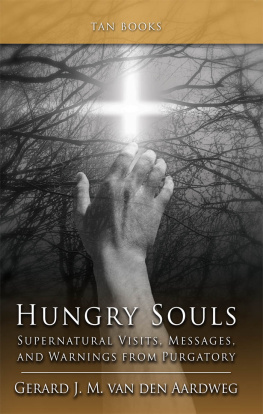
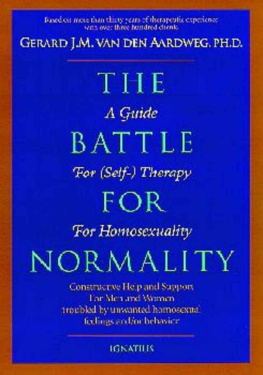


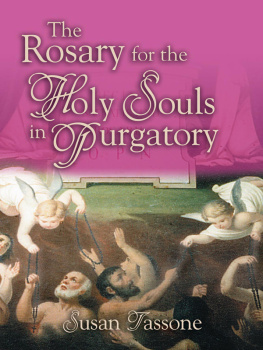
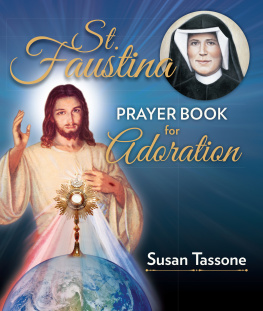

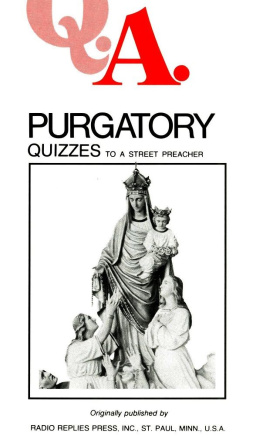

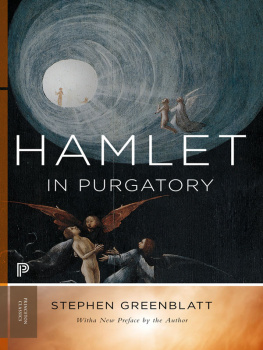

 , P OLAND
, P OLAND


